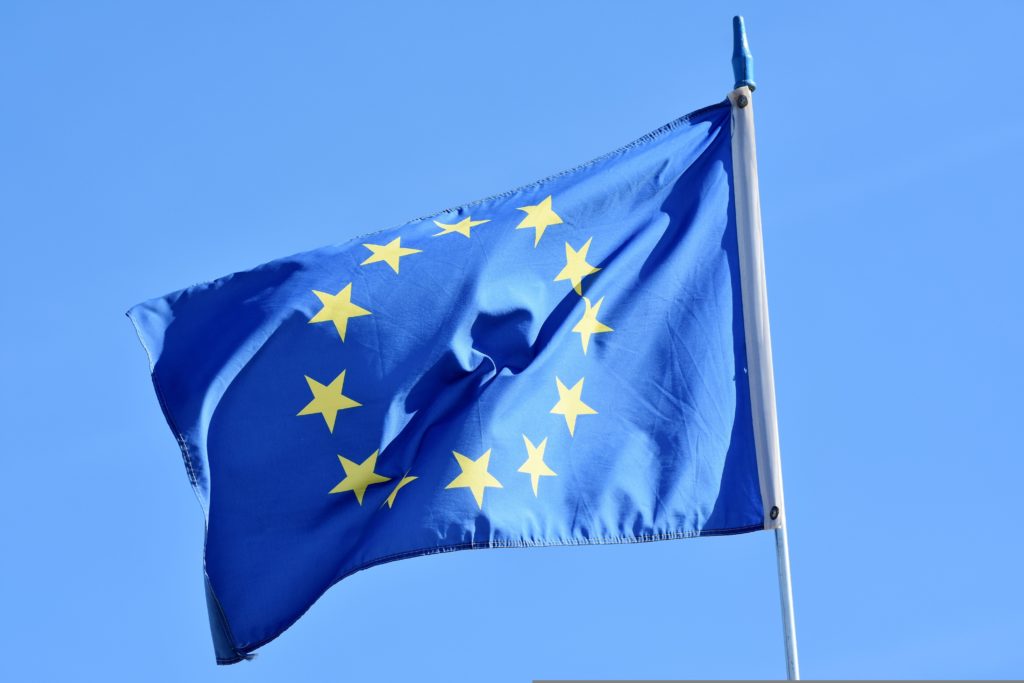Highlight 28/2021 – Does the current proposal of establishing a European Union carbon border adjustment mechanism comply with WTO rules?
Samuel Duelli, 12 November 2021

On 14 July 2021, after consulting citizens, experts and third-country representatives, the European Commission submitted a proposal for a regulation establishing a carbon border adjustment mechanism. The establishment of this mechanism was previously announced in the European Green Deal as a part of that package. The carbon border adjustment mechanism is an essential element of the EU’s strategy to become the first climate-neutral continent.
The main objective of this mechanism is to decrease and avoid carbon leakage. Carbon leakage arises when companies move their production from one country to another country due to stricter climate policy in the first country. Since 2005 there has been a carbon price on specific sectors in the EU (implemented with the emission trading scheme system where companies in specific sectors need one allowance per emitted ton of carbon). This carbon price raises the production cost of emission-intensive products in the EU, e.g. cement. In other countries with no carbon price, the costs of producing one ton of cement are lower, and hence the production of cement has slowly been relocated to these third countries. With the relocation of production sites, emissions decrease in the EU but increase in third countries. Thus, total world emissions remain stable or may even increase. Therefore, carbon leakage is unfavourable for the European economy and the environment.
The EU current proposal will avoid carbon leakage, as there will be a carbon price on certain imported emission-intensive products. It will require that importers declare the embodied emissions in these products. They will also have to buy certificates for each ton of embodied carbon emission to import this good. The price of one certificate will be linked to the European carbon price. The European carbon price is represented by allowances that are planned to be auctioned from 2026 onwards. The price of one certificate under the carbon border adjustment mechanism will be at the same level as the average weekly auction price of carbon allowances inside the EU. For goods produced in a third country with a carbon price implemented, fewer certificates are needed to import these goods. As follows, double pricing of carbon emissions can be avoided.
The EU carbon border adjustment mechanism is planned to enter into force in 2023, with the first three years until 2026 being a transitional period. In this phase, importers only have to declare the embodied emissions of imported goods, but there will not be a price on these emissions. The certificates on imported goods will be implemented step by step from 2026 to 2036. In the same period, the currently free inter EU carbon allowances are transformed into auctioned allowances such that all inter EU allowances are auctioned by 2036. At the same time, importers will be required to buy certificates to import goods. The sectors affected by the carbon border adjustment mechanism will be cement, electricity, fertilisers, iron & steel and aluminium. The most affected countries will be Australia, New Zealand, Russia, the United States, the United Kingdom, China, and India. They are the biggest exporters to the EU in the sectors mentioned earlier.
These countries’ disapproval of the EU’s proposal arises from their opinion that the carbon border adjustment mechanism is similar to an import tariff and would not be compatible with WTO rules. Even if these countries dislike the EU’s proposal, it is compatible with WTO rules. By connecting the carbon border adjustment mechanism with the European allowances, Article III of the GATT treaty was considered. This article states that imported goods shall not be taxed higher than domestically produced goods and hence not discriminate third country products. Article I is considered by obliging all countries to the same rules (except countries that are or will be connected to the EU allowances system). This article describes that if one tax or tariff holds for one contracting party, it should hold for all parties. As the carbon border adjustment mechanism holds for everyone, this condition is satisfied.
In conclusion, the EU’s proposal of a carbon border adjustment mechanism is non-discriminatory between domestic and foreign suppliers, neither between different foreign suppliers. That means that it is compatible with WTO rules and an important measure to decrease carbon emissions globally. Thanks to this mechanism, carbon emissions from products produced in the EU and imported products will be priced at the same level. This leads to decreased emissions inside and outside the EU because producers outside the EU have an incentive to invest in carbon-neutral production. Furthermore, third countries are incentivised to implement a carbon price in their country such that the carbon price is collected by them and not by the EU. That would lead to the same outcome in terms of decreased emissions and increase the fairness of climate policy. Emissions occurring in third countries would be priced in this country, leading to higher government income. That higher income can then be distributed to the population, and hence the population of this country would benefit from the carbon price and not the EU. Therefore, for fairness, the EU should not just implement the carbon border adjustment mechanism but talk to the most affected countries before doing so.
Samuel Duelli, Does the current proposal of establishing a European Union carbon border adjustment mechanism comply with WTO rules?, Highlight 28/2021, available at www.meig.ch
The views expressed in the MEIG Highlights are personal to the author and neither reflect the positions of the MEIG Programme nor those of the University of Geneva.
